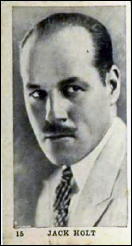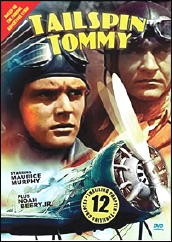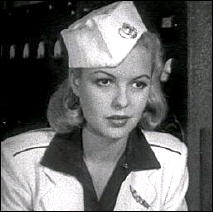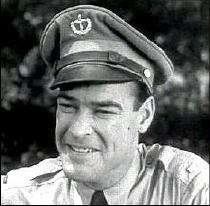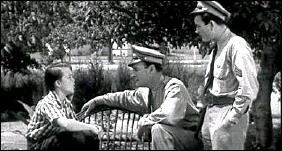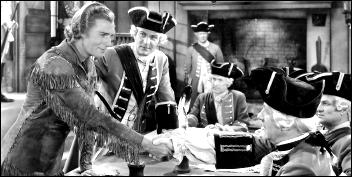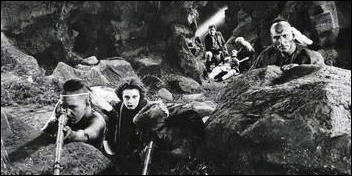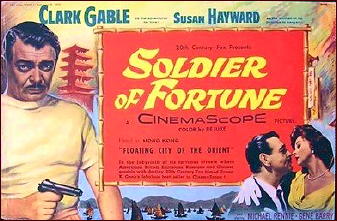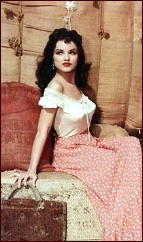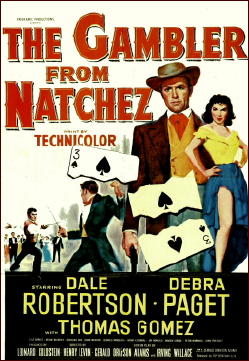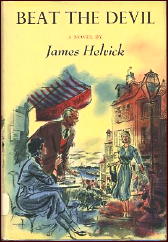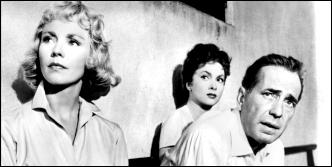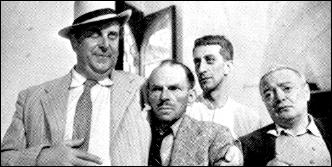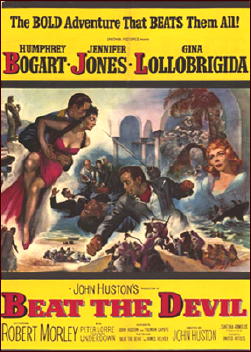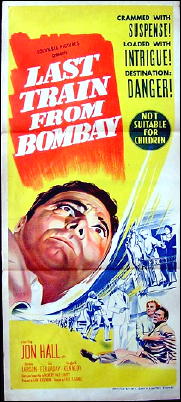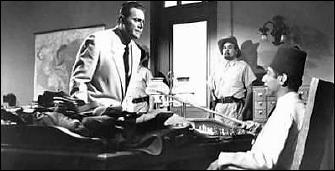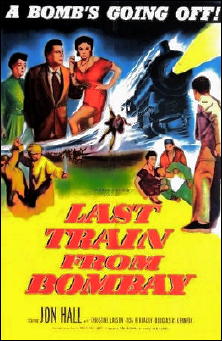Reviewed by DAVID L. VINEYARD:
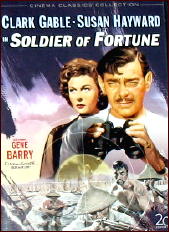
SOLDIER OF FORTUNE. 20th-Century Fox, 1955. Clark Gable, Susan Hayward, Michael Rennie, Gene Barry, Alexander D’Arcy, Tom Tully, Anna Sten, Russell Collins, Leo Gordon, Richard Loo, Jack Kruschen. Screenplay by Ernest K. Gann based on his novel. Director: Edward Dmytryk.
Jane Hoyt (Susan Hayward) comes to Hong Kong at the height of the Cold War with only one hope, an expatriate American adventurer, pirate, smuggler, and businessman, Hank Lee (Clark Gable).

Inspector Merryweather (Michael Rennie) of the Hong Kong police tries to warn her off, but she’s determined — her husband, photo journalist Louis Hoyt (Gene Barry), is being held by the Red Chinese on espionage charges, and neither the Americans or the British have any intention of rocking the boat to get him out.
Her only hope is someone like Hank Lee.
But Hank Lee sees through Jane Hoyt even as he is attracted to her. Guilt as much as love is what makes her so desperate to save her husband. Lee wants no part of her or her husband, but she’s determined and he’s attracted. (There are some obvious parallels to Hayward’s role in Henry Hathaway’s western The Garden of Evil.)
There are no surprises from this well made film and the well written novel it was based on. It’s an old fashioned adventure served up by Ernest K. Gann, a writer who knew his way around suspense, adventure, and action in best selling novels like The High and the Mighty, Island in the Sky, Fiddler’s Green (The Raging Tide), and Twilight of the Gods — all of which were successful films too.
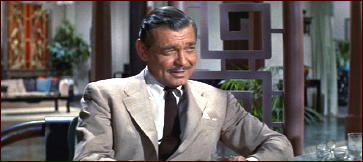
Soldier of fortune, Lee may be, but he is also a family man with adopted Chinese children, and for all his criminal activities a man of honor. He and Merryweather have a grudging respect for each other — both men enjoy the game they are playing, though Merryweather will soon enough put him away if he catches him. Lee, for his part, is thinking of getting out of the criminal end of his enterprises before it costs him his comfortable life and family.
Jane Hoyt has shown up at just the wrong time in his life.
Or is it just the right time?
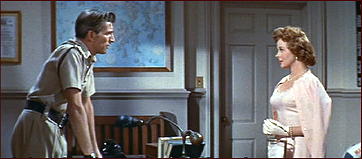
Once Jane convinces him to rescue Hoyt, Lee enlists a small army of reprobates (D’Arcy, Gordon, Collins, and Tully) and sets plans to sail to the china coast in one of his fleet of Chinese junks and land, hitting the coastal facility where Chinese general Richard Loo is holding Hoyt.
But Merryweather is closing in and Lee is falling for Jane Hoyt, and is only willing to rescue Hoyt because his shadow would be harder to fight than the man for Jane’s love.
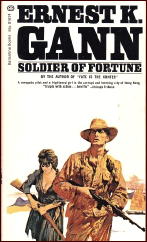
The film was shot in technicolor and on wide screen with gorgeous Hong Kong locations and plenty of local color. Gable may have been a bit old at this point, but he could still play these roles with ease, and in this one a strong supporting cast, script, and fiery Susan Hayward as the romantic interest all contribute to the fun.
Rennie is very good as Merryweather and Barry scores well as Hoyt, a character who isn’t all that sympathetic, but who Barry at least makes believable and ultimately even a bit noble.
The finale is a well done shoot out at sea with the Red Chinese in hot pursuit of Lee’s junk.
No one wrote better about distant shores, the romance of flight, or the poetry of ships the sea, and the men who spent their lives in them than Gann, himself a pilot, sailor, and former newsreel photographer.
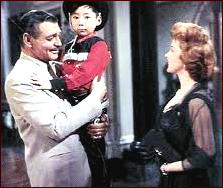
His novels have a poetic almost lyrical quality to them that attracted Hollywood again and again — among those filmed, the ones named above plus The Aviator, Blaze of Noon, Fate is the Hunter (non-fiction), Band of Brothers, The Antagonists (as Masada), The Adventures of Sadie, and The Last Flight of Noah’s Ark (story).
Soldier of Fortune is a slick big name Hollywood adventure film as handsome to look at and painless as the well written novel it is based on. Just how cinematic Gann’s prose was becomes obvious when you compare the two. Good book and good film, both deceptively simple and damn entertaining, with the movie made with professionals who might well have stepped out of the pages of one of Gann’s novels.
